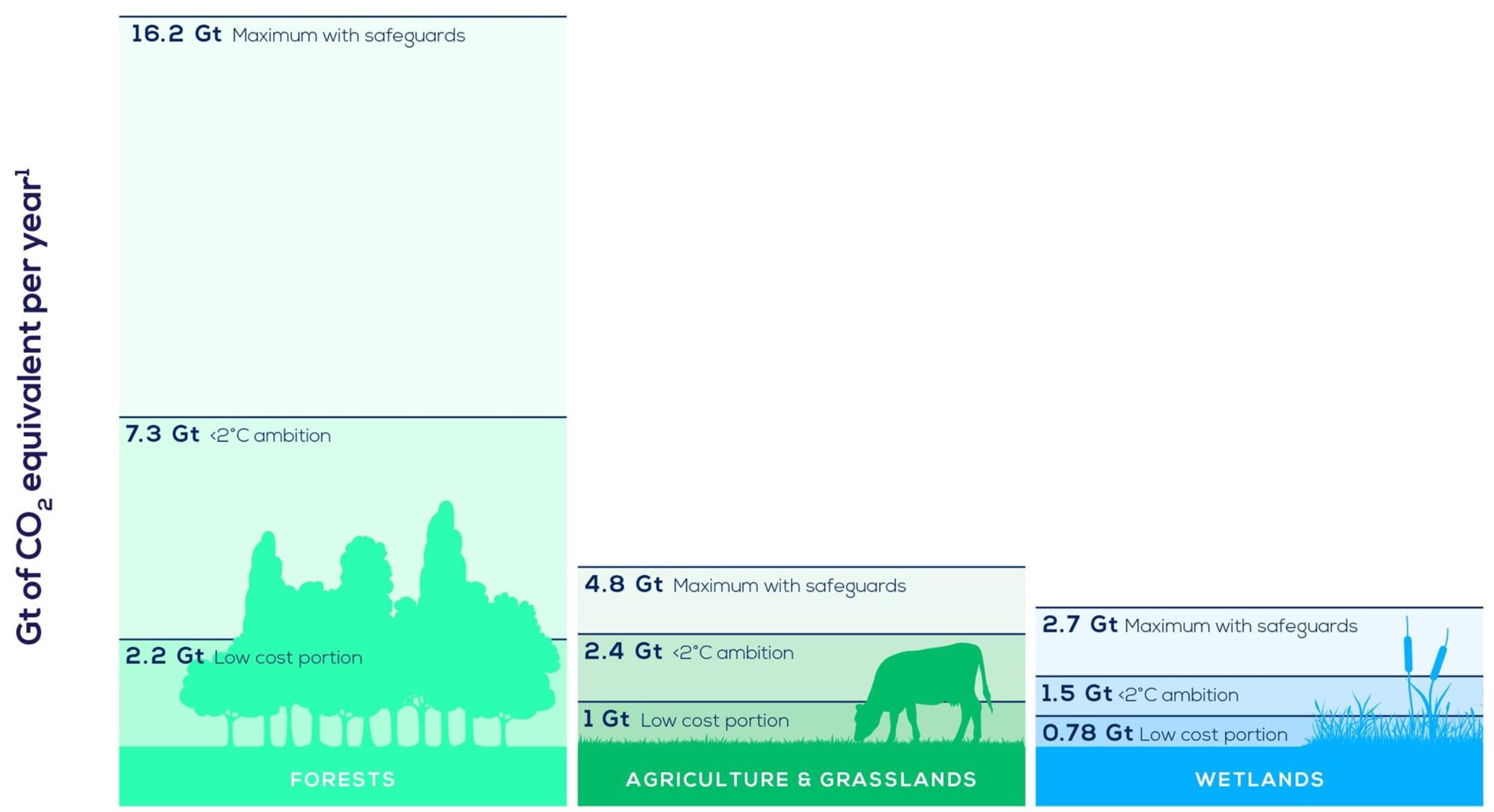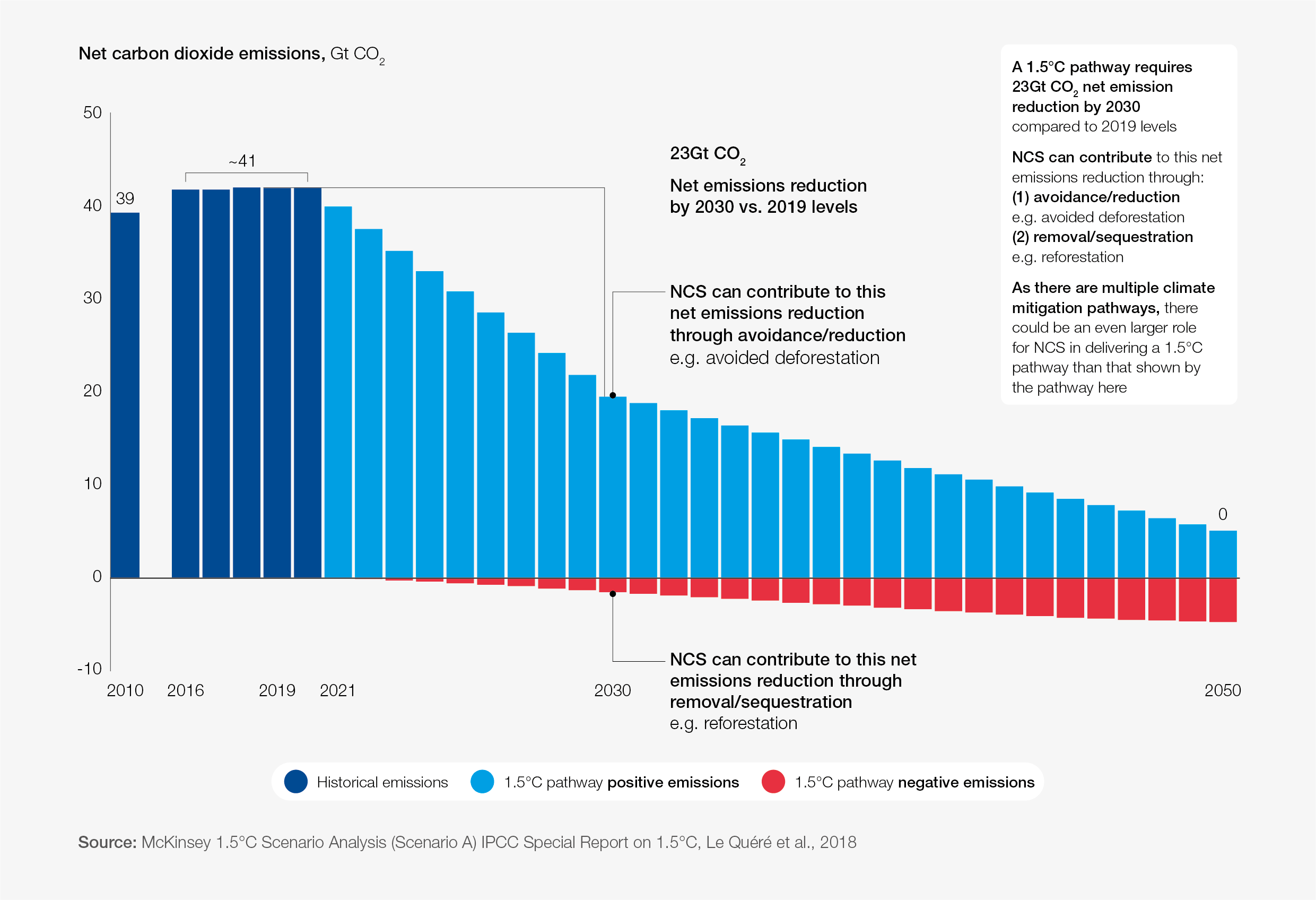How AI can help the world fight wildfires

Global collaboration is needed to successfully manage and minimise the risk of wildfires. Image: Unsplash / @phonorman
Listen to the article
- Wildfires cause social, economic and environmental detriment and require urgent, collaborative action.
- Artificial intelligence algorithms, combined with end-to-end fire management systems, are powerful tools for combating wildfires.
- Wildfires are a worldwide problem requiring global collaboration to successfully manage and minimise the risk of occurrence.
The threat of wildfires has never been greater than it is today. In recent years, countries around the world – from the US, Argentina and Brazil to Italy, Greece and Australia – have been gravely affected by wildfires. This has resulted in many human and animal deaths, as well as the loss of millions of hectares of forests. And wildfire risks continue to grow – a recent UN Environment Programme report warns that the number of wildfires will rise by 50% by 2100 and governments are not prepared.
This topic has caught the attention of scientists and organisations in the field of artificial intelligence (AI), however, who believe it offers promising applications to pre-, intra- and post-wildfire events. Indeed, the chart below shows the number of research articles on the intersection of AI and wildfires has increased drastically in recent years.

Using AI in wildfire prevention
We need relevant data and better, more integrated algorithms for an intelligent end-to-end system to fight wildfires. The escalating number of wildfires worldwide renders it necessary to develop such innovative solutions and novel technologies.
Wildfire disaster management requires solutions for fire prevention, forecast and detection, risk and response management. It is a highly time-sensitive process that necessitates on-the-spot decisions and communication of information at a rapid pace. Digitizing fire data to leverage the power of AI technologies becomes an imperative step, therefore.
It is not a new idea to use AI algorithms for tackling problems like forecasting fire behavior, but there is a need for a more systematic and interconnected approach. This should bring together all the relevant data and better, integrated algorithms for an intelligent end-to-end system.
The escalating number of wildfires worldwide renders it necessary to develop innovative solutions and novel technologies.
”In addition to historic fire data, we now have access to various high-resolution, big data sources such as digital maps, satellite images, real-time weather data, sensor networks and data from social network posts. Computer vision models enable land cover classification and smoke detection from satellite and ground cameras.
When linked with the internet of things (IoT) sensor data and terrain maps, these sources allow us to develop better fire detection and fire spread algorithms. Advanced natural language processing algorithms can also be used to process social network data instantaneously to classify fire sightings or fire conditions. A possible new technology is automated air and land devices that harness the power of novel reinforcement learning algorithms.
All of these systems and algorithms need to be integrated to build a smart framework: a dynamic wildfire risk map with an interactive fire spread simulation and a dynamic decision support system for disaster response and resource allocation.
Fighting wildfires together
With this in mind, the World Economic Forum's FireAId Project leverages AI to develop a dynamic risk map, optimised resource allocation and response proposal for wildfires. To do this, the World Economic Forum is building a multi-stakeholder community consisting of experts from diverse disciplines across the world to foster technological collaboration and exchange of scientific knowledge in fire management and research.
Existing fire-fighting systems would most certainly struggle to keep up with the increased number of fires. This global fire management collaboration will boost collaboration among actors and coordinate individual actions to develop globally scalable fire management support systems.
What are the three enablers for success?
We have identified 3 key tools needed to tackle the challenges and facilitate successful solutions in this area:
1. Data
When it comes to AI, the accuracy of fire behavior models is directly related to the input data. Detailed, high-resolution and accurate data sources play a significant role in the success of the projects.
While stakeholders such as government directorates usually provide historical, meteorology, vegetation, and human population data, it is necessary to integrate other sources like NASA, Google Earth Engine, NCAR. When working on a data-oriented solution that requires combining different data types with different resolutions and sources, the main issues faced are:
- Gathering higher resolution and up to date data
- Digitization and standardization of data
- Developing data collection standards
- Data connectivity
2. Algorithms
There is increasing progress in developing wildfire modeling algorithms and the next generation of algorithms will be available as we acquire more accurate and higher resolution data. This will include specialised algorithms for night vision during a fire, for instance.
3. Knowledge share
Given the current wildfire threat level, it is crucial to aim for a decentralised approach. This means global open-source data repositories and fire models with contributions from users all over the world.
What is the World Economic Forum doing on natural climate solutions?
Global action needed
A global problem like wildfires requires global collaboration among all stakeholders to learn from each other and effectively manage and mitigate the risk of wildfires to human health and livelihoods, biodiversity, and the global climate. It is also vital to include wildfires in the same category as catastrophic earthquakes and floods in terms of global humanitarian response.
Although no single country has yet solved or developed the ideal approach to this problem, many are making progress in various aspects of wildfire risk management. The UNEP Rapid Response Assessment also calls for diverse collaboration among international and regional organisations, national and sub-national governments, as well as fire knowledge and fire management organisations.
Since fires do not respect national borders, a globally coordinated and anticipatory approach is required to fight them.
Don't miss any update on this topic
Create a free account and access your personalized content collection with our latest publications and analyses.
License and Republishing
World Economic Forum articles may be republished in accordance with the Creative Commons Attribution-NonCommercial-NoDerivatives 4.0 International Public License, and in accordance with our Terms of Use.
The views expressed in this article are those of the author alone and not the World Economic Forum.
Stay up to date:
Fourth Industrial Revolution
Forum Stories newsletter
Bringing you weekly curated insights and analysis on the global issues that matter.








